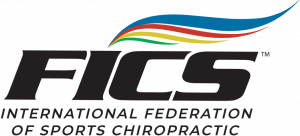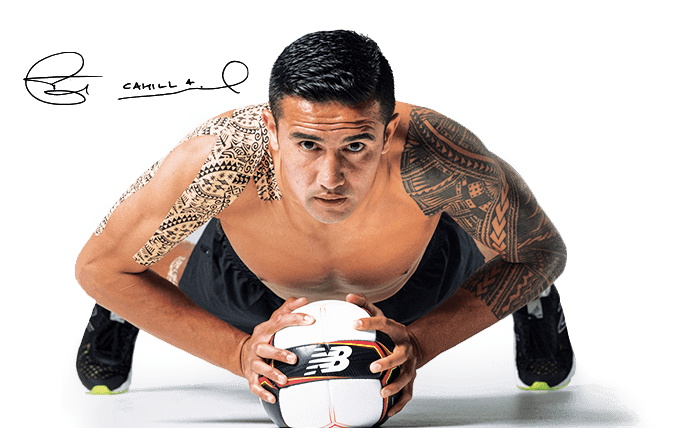I. Theoretical part
1. Overview of types of taping / Application / Research.
2. Indications, contraindications and rules of taping. Warnings.
3. Biomechanical taping – a new type of taping
4. Mechanical and neurophysiological taping
5. Approaches to therapy using biomechanical taping
6. Multilevel approach of biomechanical taping
II. Practical part
1. Assistance to movement. Biomechanical taping as a muscle assistant. Direct technique.
a) Shoulder joint – work in 3 planes.
b) Lower leg and Achilles tendon.
2. Absorption of pathological load.
a) Rotation of a shoulder. Indirect technique.
b) Plantar fasciitis.
3. Relieving the load from soft tissues
a) “Box” technique
4. Stabilization of joints. Increase in closing forces
a) Knee. THE PCP.
b) Ankle joint.
5. Physiologically favorable positioning of anatomical structures
a) Knee
b) Hallux valgus
c) Carpal tunnel syndrome
d) Paretic foot (on request)
6. Complex systems of taping techniques.
a) Posture and trapezius muscle
b) Lower back
c) Epicondylitis – lateral and medial
d) Finger extensors
e) De Quervain’s tendonitis (on request)
f) Knee recurvature (on request)
g) Hip biceps (on request)
7. PowerBand – a technique for creating more force in the kinetic chain
III. Practical part – integration into practice
Setting goals and implementing them in specific clinical cases.
Consideration of practical cases with the possibility of fulfilling students’ requests.


